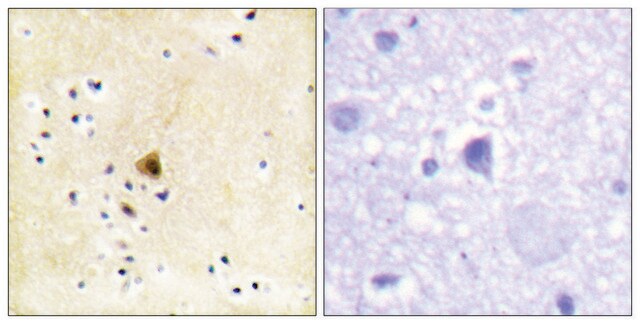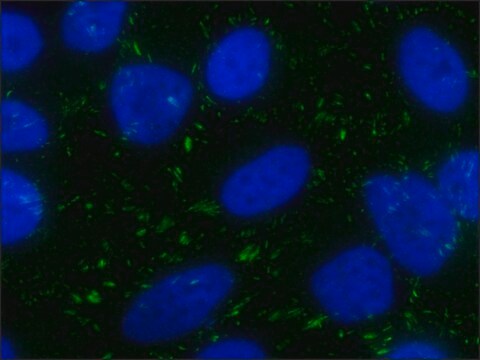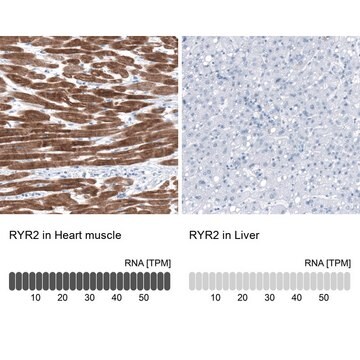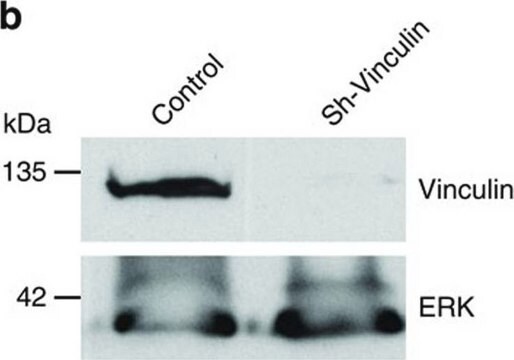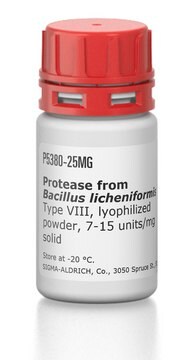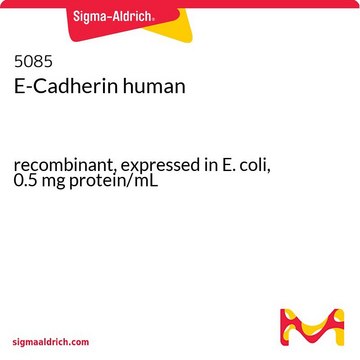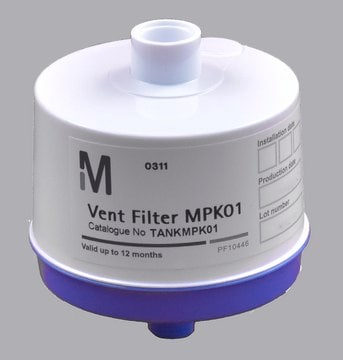General description
We are committed to bringing you greener alternative products, which adhere to one or more of The 12 Principles of Green Chemistry.This antibody is Preservative-free, produced without the harm or sacrifice of animals and exceptionally stable to allow for ambient shipping and storage if needed and thus aligns with "Waste Prevention", "Designing Safer Chemicals" and "Design for Energy Efficiency".
Click here for more information.
ZooMAb® antibodies represent an entirely new generation of recombinant monoclonal antibodies.Each ZooMAb® antibody is manufactured using our proprietary recombinant expression system, purified to homogeneity, and precisely dispensed to produce robust and highly reproducible lot-to-lot consistency. Only top-performing clones are released for use by researchers. Each antibody is validated for high specificity and affinity across multiple applications, including its most commonly used application. ZooMAb® antibodies are reliably available and ready to ship when you need them.
Specificity
Clone 2K6 is a ZooMAb® Rabbit recombinant monoclonal antibody that specifically detects human Ryanodine receptor 2. It targets an epitope within 20 amino acids from the internal region.
Immunogen
KLH-conjugated linear peptide corresponding to 20 amino acids from the internal region of human Ryanodine receptor 2.
Application
Quality Control Testing
Evaluated by Immunohistochemistry (Paraffin) in human heart tissue sections.
Immunohistochemistry (Paraffin) Analysis: A 1:100 dilution of this antibody detected Ryanodine receptor 2 in human heart tissue sections.
Tested applications
Affinity Binding Assay: A representative lot of this antibody bound Ryanodine Receptor 2 with a KD of 9.2 x 10-9 in an affinity binding assay.
Immunofluorescence Analysis: A 1:100 dilution from a representative lot detected Ryanodine receptor 2 in human heart tissue sections.
Western Blotting Analysis: A 1:1,000 dilution from a representative lot detected Ryanodine receptor 2 in HeLa HiMark.
Note: Actual optimal working dilutions must be determined by end user as specimens, and experimental conditions may vary with the end user
Anti-Ryanodine Receptor 2, clone 2K6 ZooMAb®, Cat. No. ZRB1466, , is a recombinant Rabbit monoclonal antibody that targets Ryanodine receptor 2 and is tested for use in Affinity Binding Assay, Immunofluorescence, Immunohistochemistry, and Western Blotting.
Target description
Ryanodine receptor 2 (UniProt: Q92736; also known as RYR-2, RyR2, hRYR-2, Cardiac muscle ryanodine receptor, Cardiac muscle ryanodine receptor-calcium release channel, Type 2 ryanodine receptor) is encoded by the RYR2 gene (Gene ID: 6262) in human. Ryanodine receptors are large ion channels that are located in the sarcoplasmic/endoplasmic reticulum membrane and are responsible for the release of Ca2+. They form homotetramers with a mushroom-like shape, consisting of a large cytoplasmic head and transmembrane stalk. In mammals three isoforms of RYR are described (RYR 1-3) all of which are homoterameric proteins that are regulated by phosphorylation, redox modifications, and a variety of small proteins and ion. Ryanodine receptor 2 is a multi-pass membrane protein with two cytoplasmic domains (aa 1-4281 and 4871-4967), six transmembrane domains, and one pore-forming domain (aa 4820-4829). It is the predominant form in cardiac muscle and is also expressed in Purkinje cells of cerebellum and cerebral cortex. It plays a key role in triggering cardiac muscle contraction and aberrant channel activation can lead to cardiac arrhythmia. Channel activity is modulated by ryanodine that binds to the open Ca2+-release channel with high affinity. At low concentrations, ryanodine maintains the channel in an open conformation, but high concentrations of ryanodine inhibit channel activity. Channel activity is also modulated by phosphorylation. Phosphorylation at serine 2808 and serine 2814 is shown to increase the open probability of the calcium channel. Phosphorylation is increased in failing heart, leading to calcium leaks and increased cytoplasmic Ca2+ levels. This ZooMAb® recombinant monoclonal antibody, generated by our propriety technology, offers significantly enhanced specificity, affinity, reproducibility, and stability over conventional monoclonals. (Ref.: Lanner, JT., et al. (2010). Cold Spring Harb. Perspect. Biol. 2(11); a003996).
Physical form
Purified recombinant rabbit monoclonal antibody IgG, lyophilized in PBS with 5% Trehalose, normal appearance a coarse or translucent resin. The PBS/trehalose components in the ZooMAb® formulation can have the appearance of a semi-solid (bead like gel) after lyophilization. This is a normal phenomenon. Please follow the recommended reconstitution procedure in the data sheet to dissolve the semi-solid, bead-like, gel-appearing material. The resulting antibody solution is completely stable and functional as proven by full functional testing. Contains no biocide or preservatives, such as azide, or any animal by-products. Larger pack sizes provided as multiples of 25 μL.
Reconstitution
300 μg/mL after reconstitution at 25 μL per vial. Please refer to guidance on suggested starting dilutions and/or titers per application and sample type.
Storage and Stability
Recommend storage of lyophilized product at 2-8°C; Before reconstitution, micro-centrifuge vials briefly to spin down material to bottom of the vial; Reconstitute each vial by adding 25 μL of filtered lab grade water or PBS; Reconstituted antibodies can be stored at 2-8°C, or -20°C for long term storage. Avoid repeated freeze-thaws.
Legal Information
ZooMAb is a registered trademark of Merck KGaA, Darmstadt, Germany
Disclaimer
Unless otherwise stated in our catalog or other company documentation accompanying the product(s), our products are intended for research use only and are not to be used for any other purpose, which includes but is not limited to, unauthorized commercial uses, in vitro diagnostic uses, ex vivo or in vivo therapeutic uses or any type of consumption or application to humans or animals.




